ARGENTINA – URUGUAY – PARAGUAY – Happy New Year 2021 (January 2021).
All Campos team is wishing you a happy New Year 2021 !
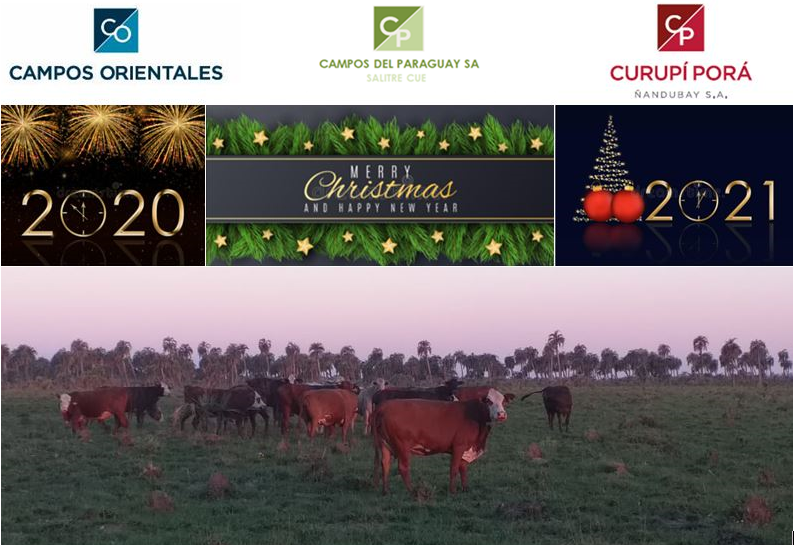
PARAGUAY – Drought is compromising production at Salitre Cue farm (December 2020).
Weather: The situation remains unchanged as a large part of South America is in the grip of a serious drought. Over the last month, we registered 77 mm of disparate rains whereas it’s generally raining 246 mm on average. Given the ambient temperatures which exceed 40°c during the day, the rains did not even manage to permanently moisten the soil (immediate vaporization).


The forecast for the next 3 months indicates that water deficits will continue to shrink considerably. Severe deficits are forecast in Brazil from Mato Grosso do Sul through São Paulo State, in Paraguay and in the northern region of Argentina.
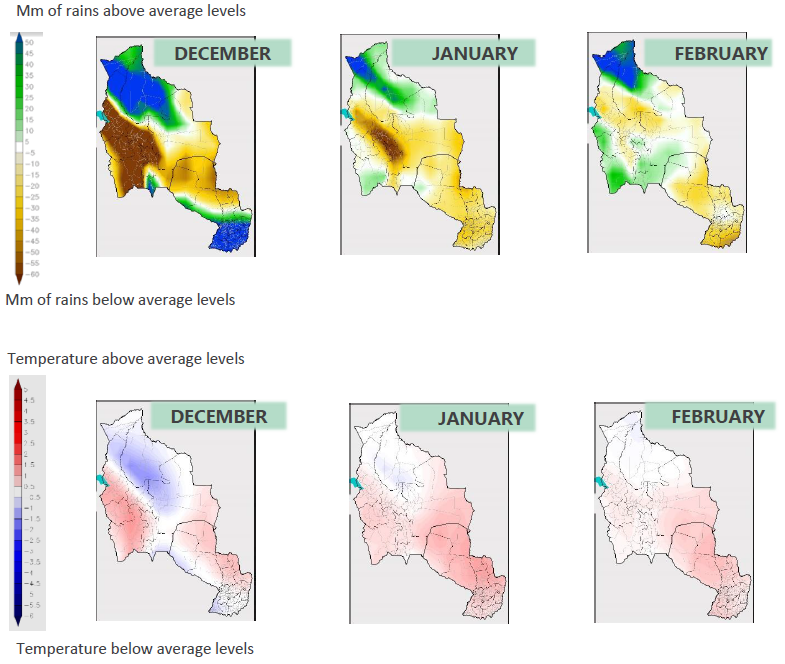
Sowing and irrigation: Only 1,000 has have been sowed and we are not going to sow any incremental surface given the situation. Among the surface sowed, 500 has of plants are going to be abandoned given the lack of water available. At the stage, rainfalls registered are only boosting weeds for the 2nd stage sowing.

We have allocated the raining water available from our artificial lake to the 1st block sowing (Block G) as the crops was in a more advanced stage of development. However, the blooming stage of the crop is also comprised due to water stress.
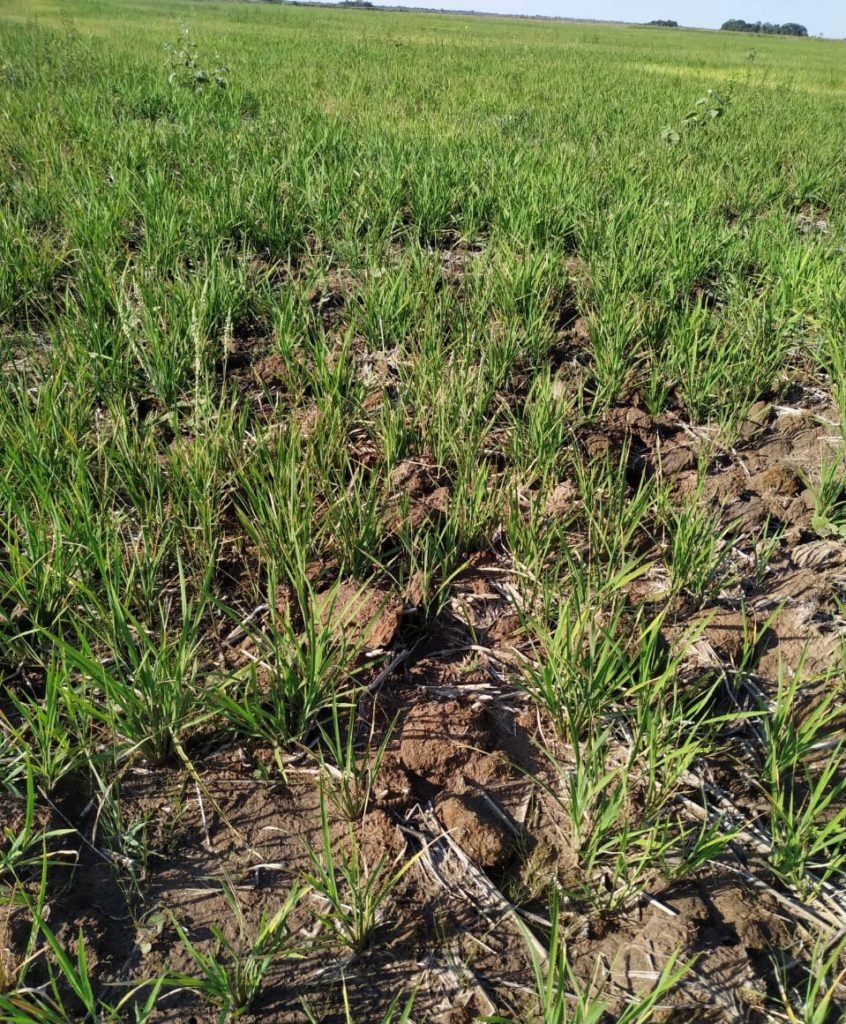
Our reservoir is fully empty so as the river where authorities prohibited any water pumping. Our operating team is expecting now yields in a range of 1t/has to 3t/has for the 1st block sowed – meaning 1,500 t of paddy in the best scenario. All rice producers along the river Tebicuary are in the same situation; some are even worse as they sow they entire forecasted surface and will have to abandon it as they did not have water reserve’s like us to mitigate the shortage in water registered over the last months.
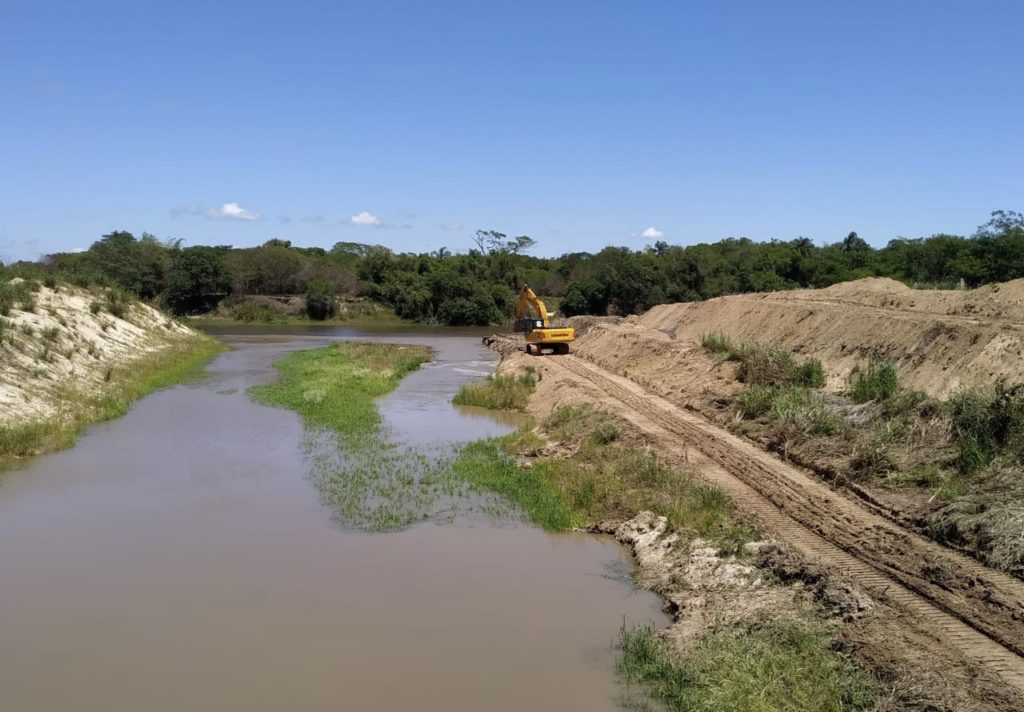
We are taking advantage of the very low river level to deepen the entrance to the channel so as more water can in future access the pumps.
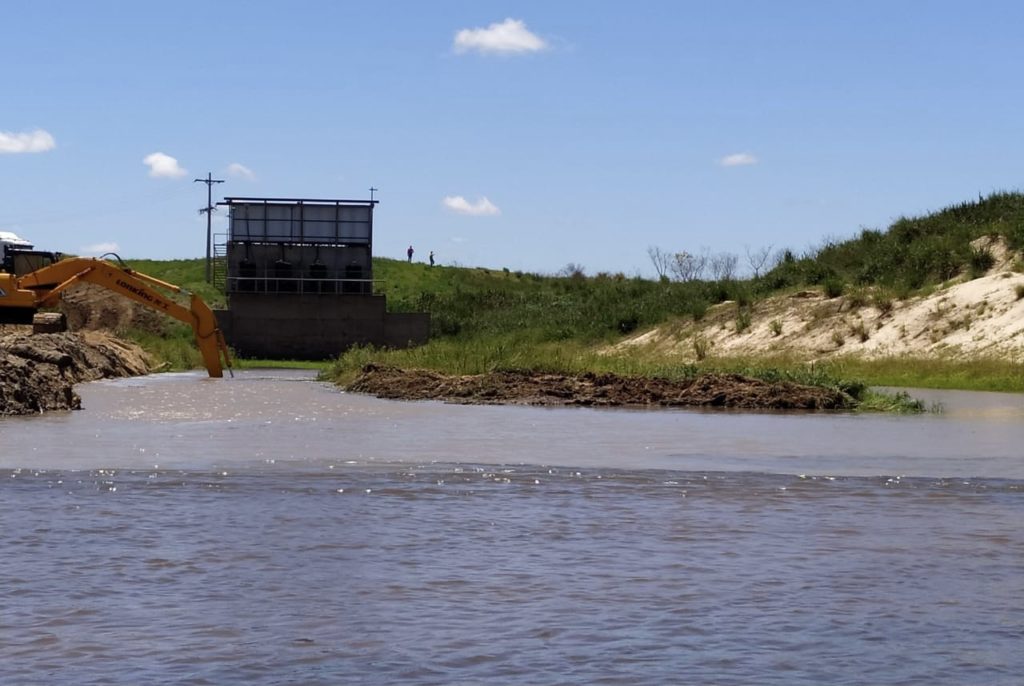
Market: Brazilian and Paraguayan mills are still looking actively for product, driving paddy prices to peak level ($280/$290 per ton). However, production will only start to be available by end of January for some producers, except for those who stored their previous harvest. Paddy prices are expected to remain at peak level this year but we cannot predict if we have entered in a new cycle of commodities or if the current situation is related to COvid-19 and a ought climate . Last October, South America experienced its 2nd most intense drought in almost 2 decades.
ARGENTINA-PARAGUAY-URUGUAY – Global crop supply fears send soybeans to highest in 6 years (November 2020).
Soybeans traded at the highest level in more than 6 years as increasing demand from top importer China and dry weather in the major producing areas of South America spur growing concerns over global supplies. Prices have climbed more than 40% since March after China started snapping up cargoes to feed a massive increase in hog numbers as the country recovers from African swine fever. Now the development of southern hemisphere crops in Brazil and Argentina has been threatened for weeks by lack of rain. Brazil is the biggest grower of soybeans and Argentina the top exporter of soybean oil.
International 6-year soy prices
 Source: Bloomberg
Source: Bloomberg
Imports by China may reach 100 million tons next year and grow 3 to 4% annually over the next decade, according to the US Soybean Export Council. The US and Brazil have already sold a large part of their crops for shipment in coming months. Meanwhile, a stronger Chinese currency and a weaker dollar are only increasing the appeal of farm imports for the Asian country.
Corn has also been rallying on expectations for record Chinese imports and because of the dry weather in South America, but there are concerns over the impact of the latest US lockdowns on demand for corn ethanol.
ARGENTINA – Update on Curupi Pora farm activities (November 2020).
Situation/weather: Dryness continues to affect farming activities in the entire the southern cone of South America (north-central and northern of Argentina, Uruguay, South of Brazil and Paraguay). Dry conditions and the lack of soil humidity are delaying the planting of corn and soybean as well as shorting pastures for cattle activities. So far, cumulative rainfall since July was 183 mm, -65% compared with the historical average for the same period. You can see the lo w level of the river Santa Lucia which borders the farm, and where the cattle use to go down, drink water, and come back to the plots.
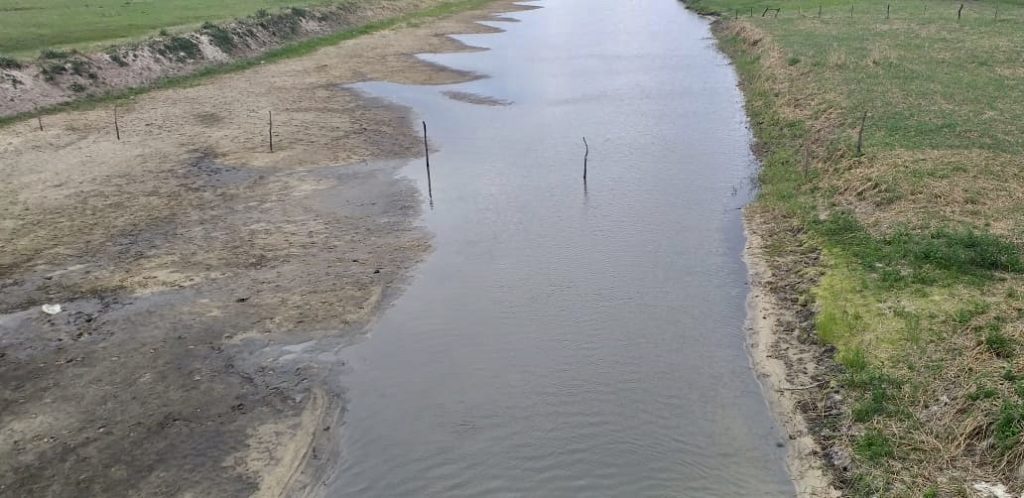
Cattle operation: We have currently above 5,600 heads at the farm. Heat stress can strongly impact the animals at various levels (well-being, production, diet, fertility, etc.). To management this stress, we are adjusting food supply (silage, completed with corn and pellets).

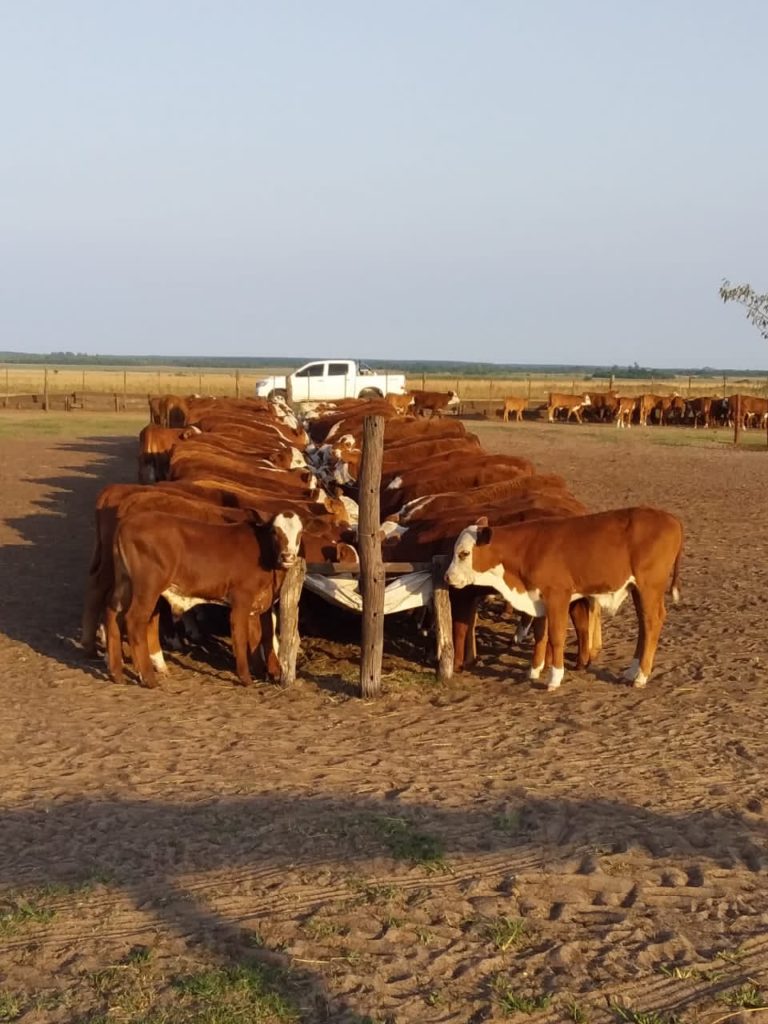
Grassing area has reducing given the lack of water and OAT, sowed earlier this year, is hardly emerging. Thanks to a daily close control, the cattle is overall in good shape as you can see.
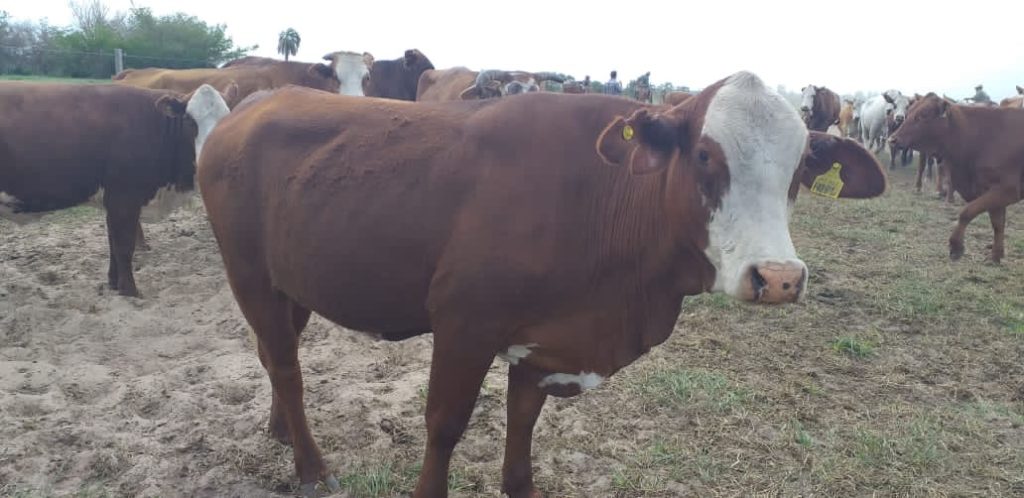
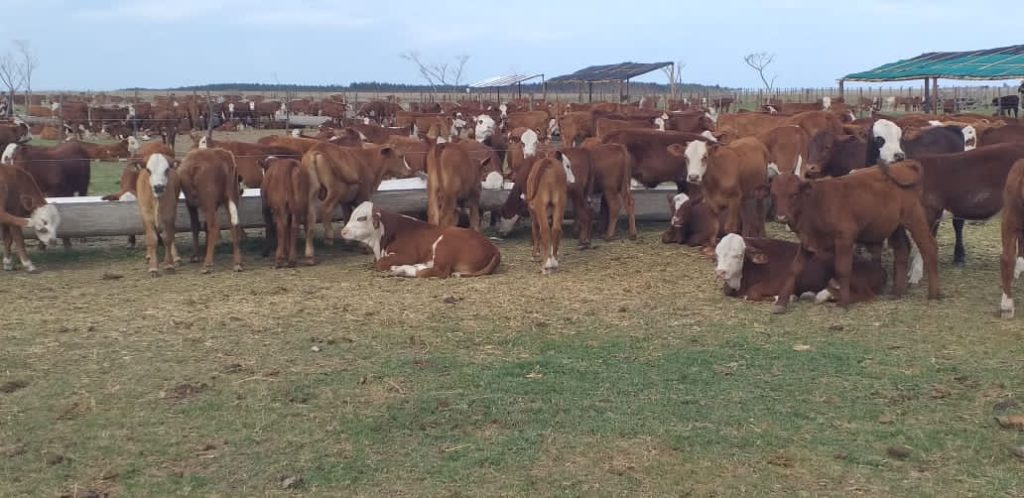
We have already performed a very early weaning of 700 calves (300 heads of 65kg each and 400 of 55kg) given the drought situation we are facing. Normally, the weaning is performed with animals between 100/100 kg. We are planning another weaning of around 600 heads during the 1st week of December. We have also successfully inseminated 400 heifers.
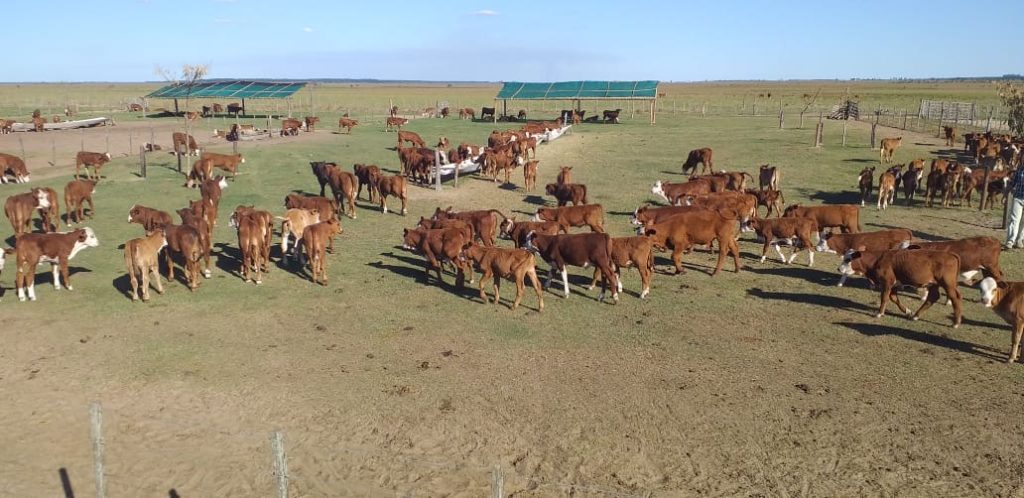
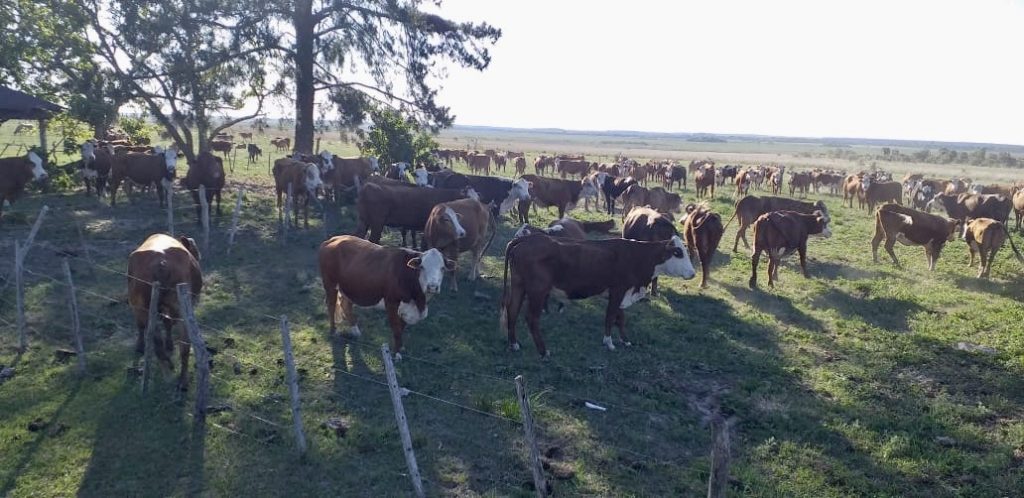
This year, we have subleased to a contractor 200 ha where corn will be planted and we will be paid in kind as we need corn to feed our heard. You can see below the land preparation work currently performed, and subject to soil conditions, sowing should start in December.
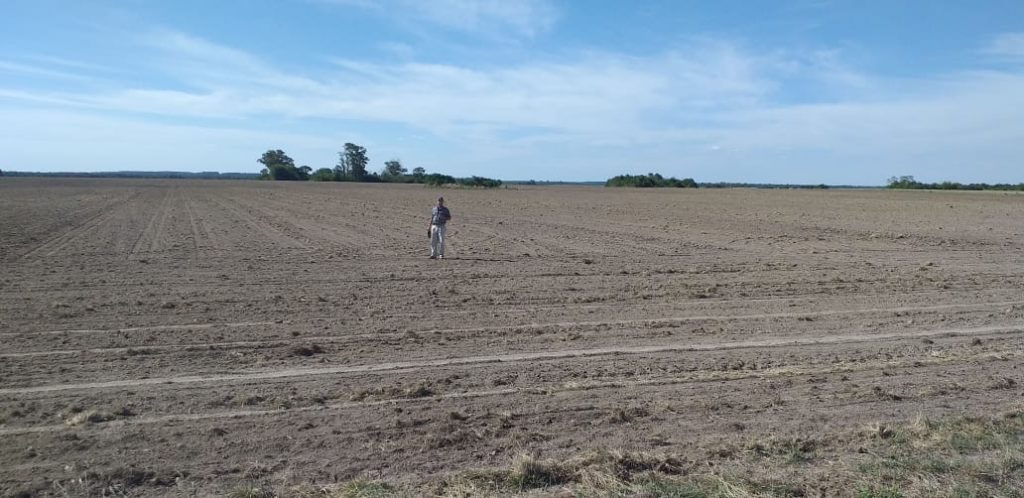
PARAGUAY – Drought is affecting operations at Salitre Cue farm (November 2020).
Weather: The situation has become complex as the drought is emphasising: For October, we registered only 2 small rains of 20 mm each whereas it’s generally raining 255 mm on average. Temperatures are over 40°C and strong winds increase the number of wildfires in the region. Argentina, Brazil, Bolivia, and Paraguay are mainly affected, especially the region between the Paraguay, Parana, and Uruguay rivers have become critical. The forecast through December indicates that water deficits will shrink considerably. Severe deficits are forecast in Brazil from Mato Grosso do Sul through São Paulo State, in Paraguay and in the northern region of Argentina.
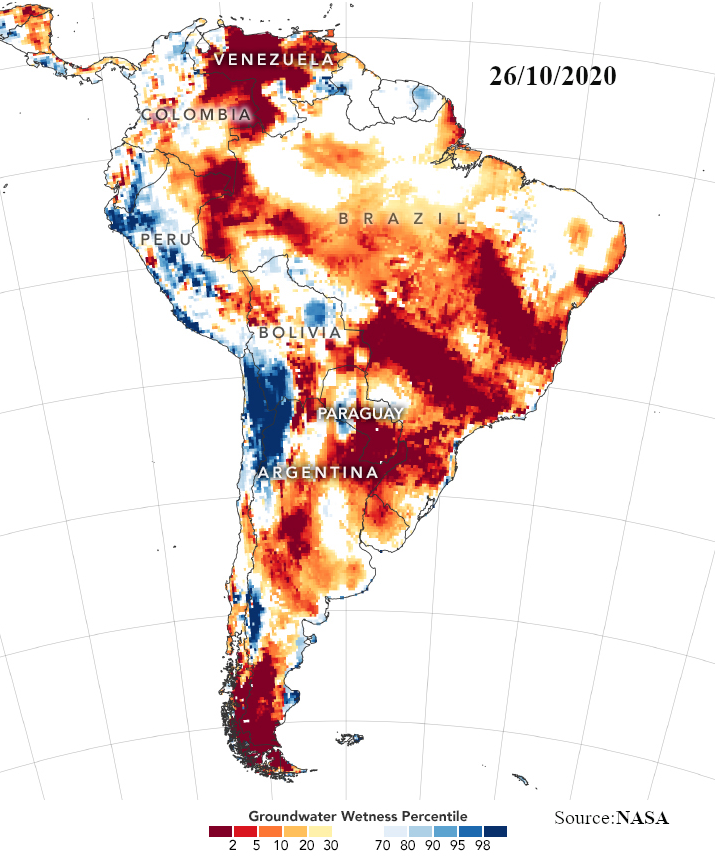
Sowing: We have completed the sowing of our 2nd block, bringing to 1,000 has the surface cultivated. For now, we have decided not to sow our last block of 550 has budgeted given the water shortage w are facing.
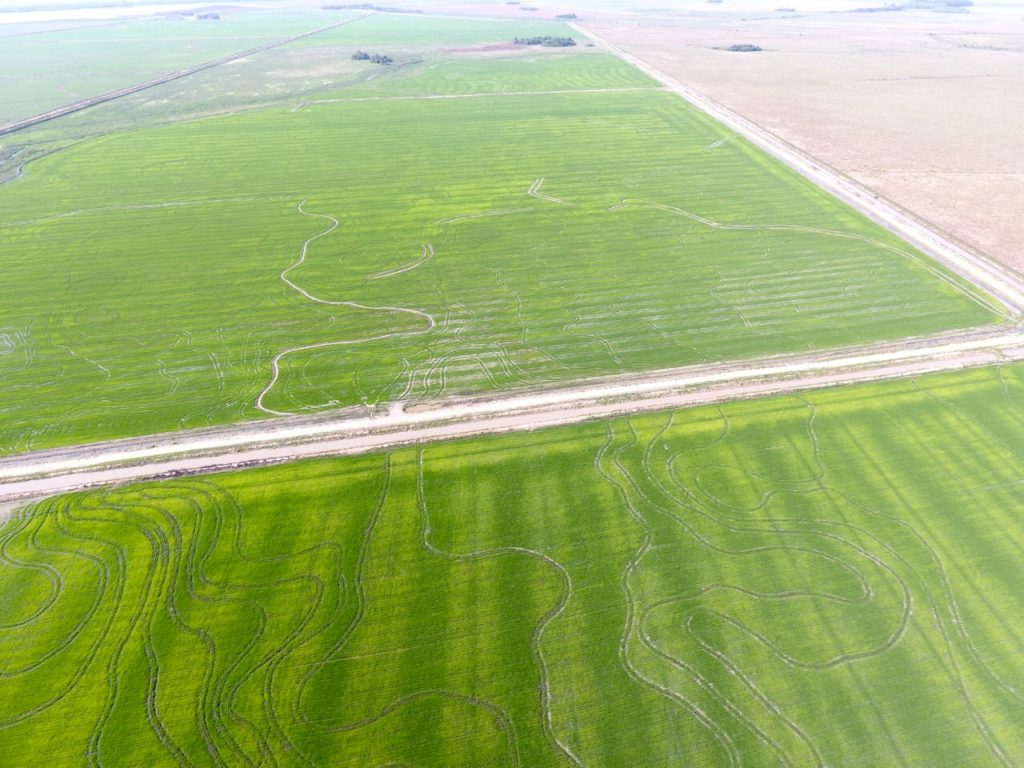
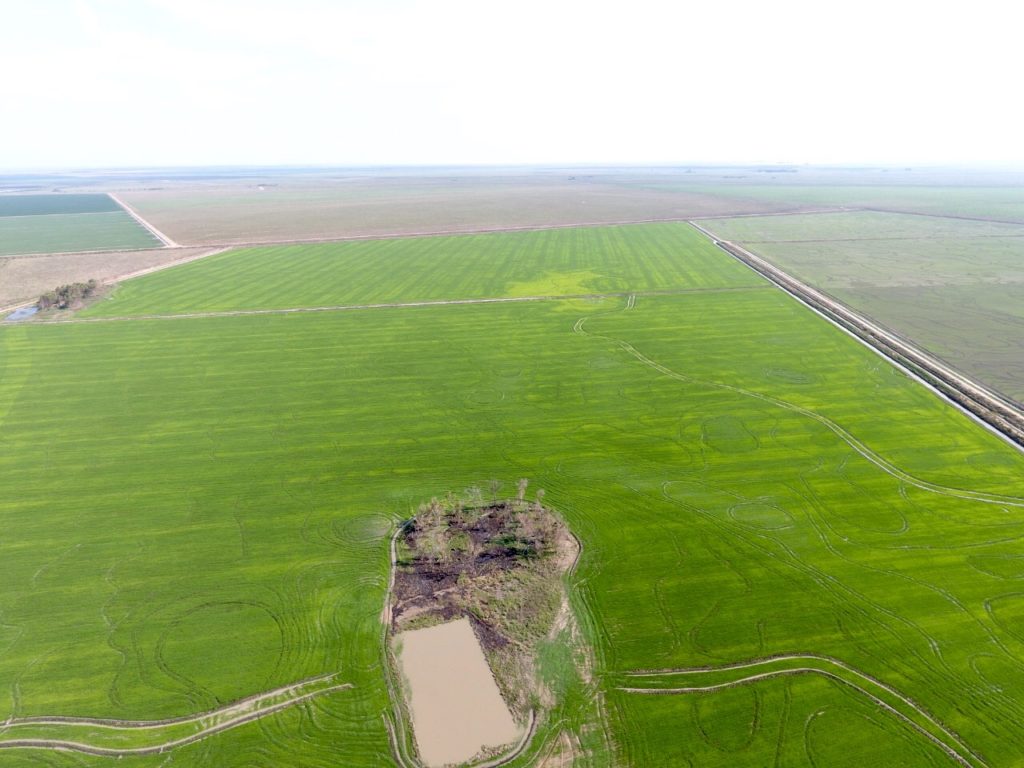
Irrigation: We have been forced already to use our water reserve from our artificial lake to irrigate our 1st block of 540 has sowed in September and as you can see, the fields are so far in good condition and the paddy is emerging nicely.
However, our artificial lake will soon reach its critical level and we will no more be able to pump any water from there to irrigate the fields. On the video taken at the re-pumping station, you can see the little water still remaining in the lake. Reaming water will be allocated in priority to the 1st fields sowed.
To save water as much as we can, we only perform some pulse irrigation with one pump in order to keep the soil in the rice fields muddy and not to affect vegetative development of the rice plants. There is nothing else we can do as we need dense rains to recover water in the lake and in the river. If the situation continues, yields and quality of the rice will be affected, especially in the 2nd block sowed.
